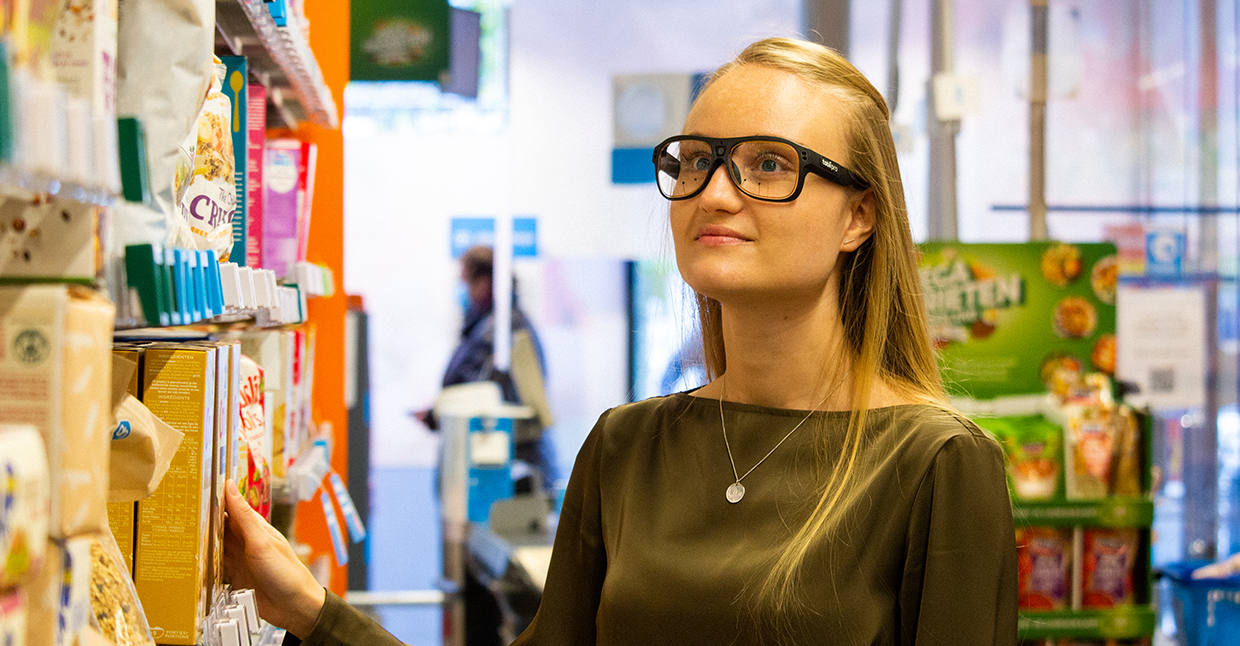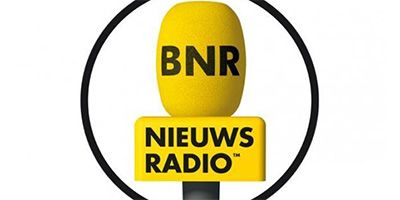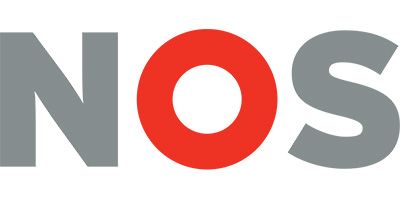
Although some think that product placement in retail involves simply filling the shelves, it is actually a much more complex task involving various parties such as the shopper, the manufacturer, and the wishes of internal management.
A solid shelf plan is therefore essential for sales success. Retailers who place the right product in the right place sell more.
The starting point of the shelf plan is the shopper. The success of a shelf plan depends on whether the shopper's eye falls on the most attractive products and can easily make a choice.
Two factors are therefore very important when creating a shelf plan: the shopper's decision-making process and visual attention. In this blog, we address these two topics and debunk an important and common retail myth.
How People Make Choices: The Psychology of Purchase Decisions
The most important step towards a successful shelf plan is gaining insight into the shopper's decision-making process. In other words, understanding how people process information and how choices are made.
Although it was once thought that we humans are rational beings and base our choices on a consideration of attributes, we now know from various studies that we are less rational than previously thought.
In fact, researchers estimate that we make about 95% of our choices unconsciously. Why do we often think we make choices rationally? That's because our brain is very good at rationalising the choice afterwards.
The brain essentially comes up with an explanation for a choice that it had already made unconsciously. And because that choice was unconscious, we think we are making a rational choice.
The reason we often come to choices unconsciously is that the unconscious route to a choice is much faster than the conscious route. Since we have to make about 10,000 choices a day, we simply don't have enough time and energy to make every choice consciously.
Our brain has therefore created all sorts of mental shortcuts that allow us to make choices unconsciously; and it is precisely these mental shortcuts that determine what we see and buy on the shelf.
70% of Purchase Decisions Are Made In-Store
The fact that we make the majority of our choices unconsciously also means that we are influenced in various ways in our choices. A supermarket or shop is the perfect place where unconscious influence on our buying behaviour is significant; it turns out that 70% of our purchase decisions are only made in the store itself.
Much is therefore not yet fixed before a shopper enters the store. With an effective layout, you can significantly increase your turnover. In an earlier blog, we already provided some practical tips for store layout in general. In this blog, we specifically focus on the psychology of shelf plans.
This is How Attention Works
The first step in the shopper's decision-making process is visual attention. If a product does not receive visual attention, it will not be purchased.
Attention influences purchase decisions and is therefore related to sales. In fact, research shows that when shoppers make quick decisions, visual attention influences choices more than preference does (Milosavljevic et al., 2012).
When we make a quick choice for the shelf, we are more guided by where our attention is focused than by the preferences we have. This is especially true in categories with relatively weak brand dominance, where shoppers are not very brand-sensitive.
How Do You Measure Attention?
Now that we know that attention can significantly influence the shopper's choice, you can probably imagine that attention is one of the most important factors with which you can increase sales. By placing the right products in the right place, you simply sell more.
But for that, you first need to know where shoppers naturally look - and which areas they ignore.
The most objective way to measure attention is through Eye Tracking. By having a number of shoppers make a shopping trip with an Eye Tracking headset, you gain insight into how attention is distributed across the store and the shelf.
With our Eye Tracking studies, we not only measure where shoppers look, but also how long and how often they perceive something. Through viewing patterns, Eye Tracking unravels part of the search process.
![]()
Although these viewing patterns are far from universal and strongly depend on the category, there are a number of regularities that we often see in our retail studies. We will share these with you later in this blog.
If you want to optimise a specific department, it is always wise to conduct an Eye Tracking study, because not only is each shelf different (and minimal differences can have major effects), but shoppers also process each category differently. We will explain some examples of such category-specific search patterns later on.
Attention on the Shelf: 3 Recurring Viewing Patterns
Through a smart shelf plan, you can focus the shopper's attention on the desired spots. At Unravel, we conduct weekly retail studies for national and international brands, and therefore have a large database of viewing patterns. We will share some patterns that we often see in the form of practical tips.
1. Eye Level is Not Buy Level
This tip requires some explanation. Many claim that eye level is indeed buy level. However, nothing could be further from the truth. Eye level is not buy level, but rather the area just below eye level. Due to our anatomy, we naturally look just below eye level.
From an evolutionary perspective, this makes sense, as danger often came from the ground. American research shows that the sale of a product was highest when the product was between 1.25m and 1.50m, in an angle of about 15 degrees relative to our eyes. Approximately at grab height. So the places on the shelf where our hand most easily reaches are also where it does.
It is important to look at the so-called product stretch. This refers to the phenomenon that one product benefits more from a good position than another product. The product stretch varies per product.
A typical product with little stretch is sugar. If you want it, you will look for it regardless of where it is. These purchases are often more goal-oriented.
More impulsive products like soft drinks and crisps have a lot of product stretch. These products particularly benefit from a spot just below eye level.
2. Central Gaze Bias
The Central Gaze Bias means that we humans tend to choose the options in the middle. We follow the regularity of first looking in the middle of the shelf.
By placing the most profitable and popular products in the middle of the shelf, sales can increase.
After seeing the middle, most shoppers look to the right. This is because we often grab products with our dominant hand (left-handers often look to the left). We then fill in the rest of the width of the shelf with our attention, first looking at the outer sides and then at the middle sections.
3. Smartly Arranging Facings
A very important factor in a product's ability to stand out is the number of facings that product has on the shelf. Doubling the facings results in an average of 29% more product interactions (such as picking up or buying the product). However, this effect diminishes as more facings are added.
Using extra facings works especially well for popular brands. But even then, shelf position remains essential. You are better off having one facing in a good spot than four in a bad spot. This principle also works better in larger stores than smaller ones; simply because there is less attention competition.

Category-Specific Search Patterns
The regularities mentioned above often apply to every shelf, regardless of the product category and regardless of who the shopper is. But there are also many viewing and search patterns that are unique to the product category.
Each category has ingrained search intuitions in the customer's brain, mainly through experience. Shoppers unconsciously expect product A to be below, above, to the right, or to the left of product B.
When a shelf plays into these intuitions, more is sold. Because in this way, the shopper can process the shelf more easily, and more processing ease means more sales.
You can uncover these category-specific search patterns by conducting In-store Eye Tracking research.
Take, for example, the pet food category. Research shows that shoppers expect cat food on the left and dog food on the right. It also shows that we expect wet food lower than dry food, and that multipacks are lower than single packs.
The Psychology of Left and Right
Our brain likes things to be as we are used to. Through experience, we expect certain products or attributes on the left and others on the right. By taking these expectations into account in the shelf plan, you increase sales.
Shelf Arrangement; by Brand or Product?
Again, it applies: shoppers like it when the arrangement of categories in their head matches the categories in the store.
For example, when we think that types of chocolate (such as milk chocolate) belong together, we find it easy if that is also the case in the store.
While when we expect that products of a certain brand are together (for example, separate blocks for Milka and Verkade, each with an option for milk chocolate), we like it when the store also follows that arrangement. The more brand-sensitive the shopper is, the more effective it is to arrange by brand.
An Intermediate Form: A Macbook vs. a Laptop?
You can, of course, use an intermediate form. What we see in many electronics stores, for example, is that although most laptops are arranged by type (laptop department with various brands) or perhaps by features (speed, memory, etc.), Apple often has a completely separate department.
This is simply because Apple shoppers are often more brand-sensitive and are really looking for a Macbook, while with other laptops the brand is somewhat less relevant.
But how do you find out on which factor you should best arrange your shelf? How do you find out, for example, whether the brand is more important than product features?
Again, you can use Eye Tracking research for this. With Eye Tracking, you find out what the decision factors of the shopper are and also when in the decision-making process these factors are important (early vs. late).
The most effective way is to arrange your shelf based on the factors that most people find important early in the process. In this way, you can significantly increase sales because it is easier for the shopper to make choices.
Synergistic Selling: Give Products an Attractiveness Boost
Synergistic selling means placing products that make each other more attractive next to each other. Cola and crisps, for example, are often consumed together. By placing these two products close to each other, they become more attractive and are therefore sold more often.
This affects both joint sales and stand-alone sales; simply seeing soft drinks makes a bag of crisps more attractive.
This is because your brain gets context from seeing those products together; a background against which the product becomes more attractive. It can therefore be wise to have top products appear in multiple locations, as it can increase the attractiveness of products around these products.
Assortment: Freedom of Choice or Choice Stress?
Another factor that influences the success of a shelf plan is the size of the assortment.
On the one hand, you could say that a larger assortment is favourable because it gives the shopper more freedom of choice. But although a large assortment can initially attract shoppers, it turns out that this can actually have negative effects on the shelf.
Research on shampoo assortments shows that sales actually increased when the assortment was smaller. This is because a large assortment, in addition to freedom of choice, can also cause choice stress. Shoppers find it more difficult to make a choice with many options and therefore leave the shelf more often empty-handed.
This effect varies per product. For example, small assortments often work better when you need to make easy and quick choices (for example, with meal salads); the products are difficult, but not necessarily fun (for example, with lamps); alternatives are very similar (for example, with toothpaste); or the customer has no strong preference.
It is important that assortment size does not equal variety perception. By cutting smartly (for example, removing unpopular products), customers do not feel that the variety has been affected, but you do make it easier for them to make choices.


 EN
EN  NL
NL 




